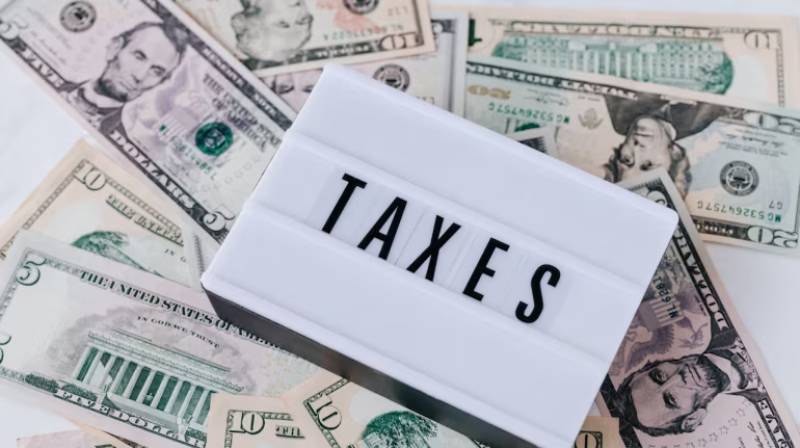Even though you might prefer to wait until February to file your taxes, there are compelling reasons to do it now.
Whether you are going to owe money or receive a refund, there are sound financial and mental health reasons to file.
Your W-2 and statement of earnings are the first two documents you need.
According to tax partner, “your employer is required by law to send you your W-2 by the end of January, so you definitely should be in receipt of it by now.”
“The sooner you file your taxes, the sooner you’re going to be able to get your refund.”
And that’s not small change, for the most part.
According to report, “the average refund is about $2,900.”
For your return, Herzog advises filing electronically and using direct deposit.
“You’ll actually receive that refund several weeks sooner, compared to whether you would file on paper.”
Speaking of papers, make sure you have your W-2 and all of your 1099 documents together before you begin.
“When you receive your 1099 to report your dividends and interest, a copy of that 1099 is submitted to the IRS, and the IRS supercomputer will let you know that you’ve missed one of your documents.”
He highlights how doing the task—even if it’s unpaid—may relieve stress and improve mental health.
“At least you won’t have sticker shock. You could plan for making the tax payment, [and] you’ll have a little bit more runway by which to do so.”
According to Herzog, the IRS computers will ultimately figure out if you don’t record your income and will send you a bill, even if it takes a year or longer.
How long would you have to wait for a refund if you filed today?
If everything goes according to plan, it should take about 21 days; if you’re using e-filing and direct deposit, it might go faster. Four weeks at the very least if you mail it in.
Additionally, as April 15 gets closer, these numbers may rise.



